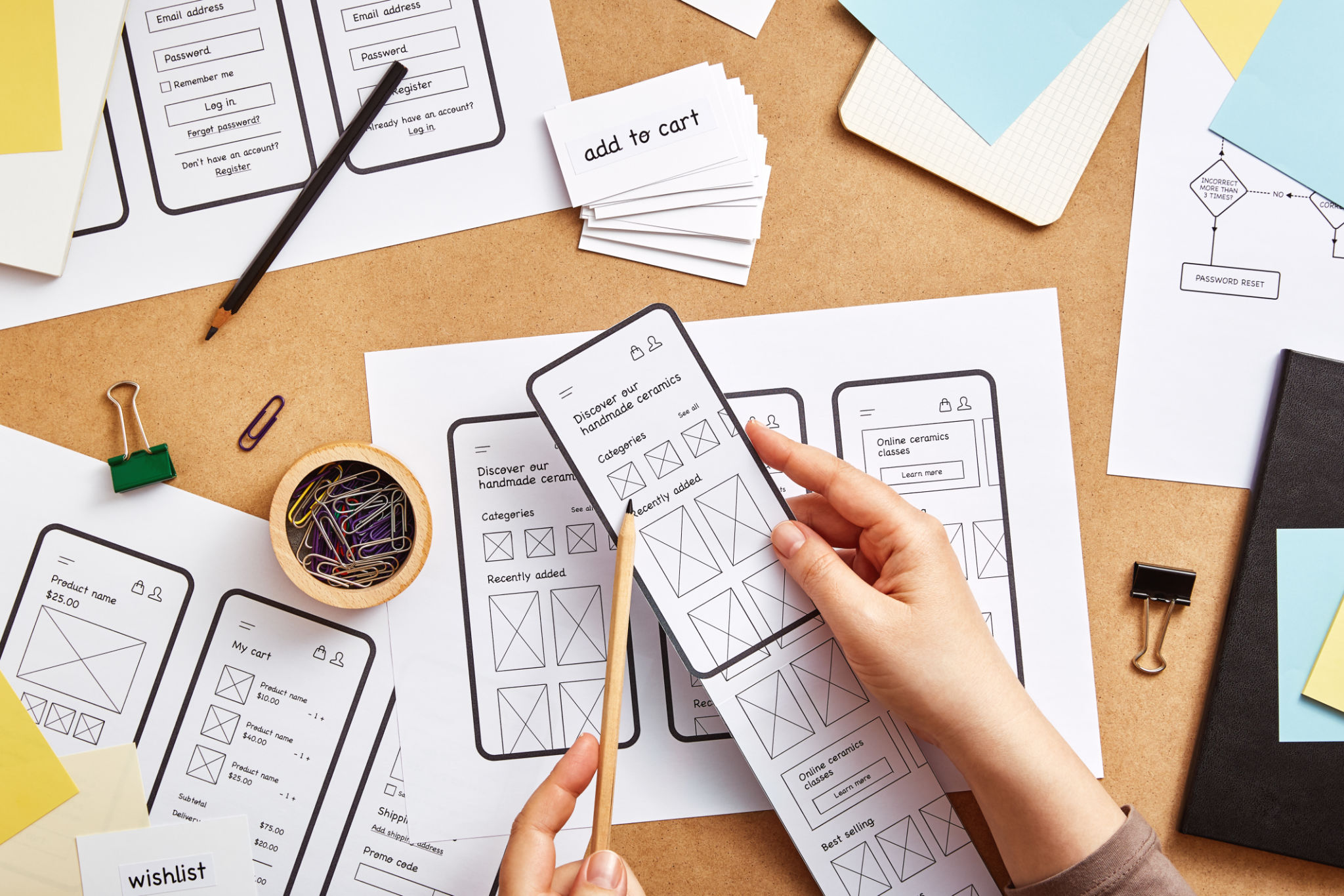The Role of AI in Modern UX Design: Transforming User Experiences
Understanding the Basics of AI in UX Design
Artificial Intelligence (AI) is revolutionizing various industries, and User Experience (UX) design is no exception. As technology evolves, the integration of AI in UX design is becoming more prevalent, offering new possibilities to enhance user interactions. By leveraging AI, designers can create more intuitive and personalized interfaces, ultimately transforming how users interact with digital products.
AI algorithms can analyze vast amounts of user data to identify patterns and preferences. This insight allows designers to tailor experiences that meet individual needs, improving overall satisfaction. Through machine learning and predictive analytics, AI is setting a new standard in UX design by enabling a deeper understanding of user behavior.

Enhancing Personalization
One of the most significant impacts of AI in UX design is the ability to offer personalized experiences. AI-driven systems can dynamically adjust content and layout based on user preferences and past interactions. This level of customization was previously unattainable but is now within reach thanks to AI technologies.
Personalization extends beyond content delivery; it also influences design elements such as color schemes, typography, and navigation paths. By providing users with a tailored experience, businesses can increase engagement and foster a stronger connection with their audience.
Streamlining Design Processes
AI technologies are not only transforming user interactions but also streamlining the design process itself. Designers can use AI-powered tools to automate repetitive tasks, such as prototyping and usability testing, freeing up time for more creative endeavors. This efficiency allows for faster iterations and improvements, leading to more refined final products.
Moreover, AI can assist in generating design variations and suggestions, helping designers explore a broader range of possibilities. By leveraging these capabilities, design teams can enhance their productivity and deliver innovative solutions that resonate with their target audience.

Improving Accessibility
AI is playing a crucial role in making digital experiences more accessible to users with diverse needs. Through natural language processing and voice recognition technologies, AI enables voice-activated interfaces that cater to users with visual impairments or other disabilities. This inclusivity ensures that digital products are usable by a wider audience.
Additionally, AI can analyze user interactions to identify accessibility issues and suggest improvements. This proactive approach allows designers to create more inclusive experiences from the outset, rather than addressing accessibility as an afterthought.
The Future of AI in UX Design
As AI continues to advance, its role in UX design will only grow in importance. Emerging technologies such as augmented reality (AR) and virtual reality (VR) are poised to further revolutionize user experiences. AI will be instrumental in creating immersive environments that adapt to individual users in real-time.

The integration of AI in UX design is not without challenges, particularly regarding ethical considerations and data privacy. However, by prioritizing transparency and user consent, designers can harness the power of AI responsibly, paving the way for more meaningful and engaging digital experiences.
In conclusion, AI is a transformative force in modern UX design, offering unprecedented opportunities for personalization, efficiency, accessibility, and innovation. As we continue to explore the potential of this technology, the future of UX design promises to be more dynamic and user-centric than ever before.
